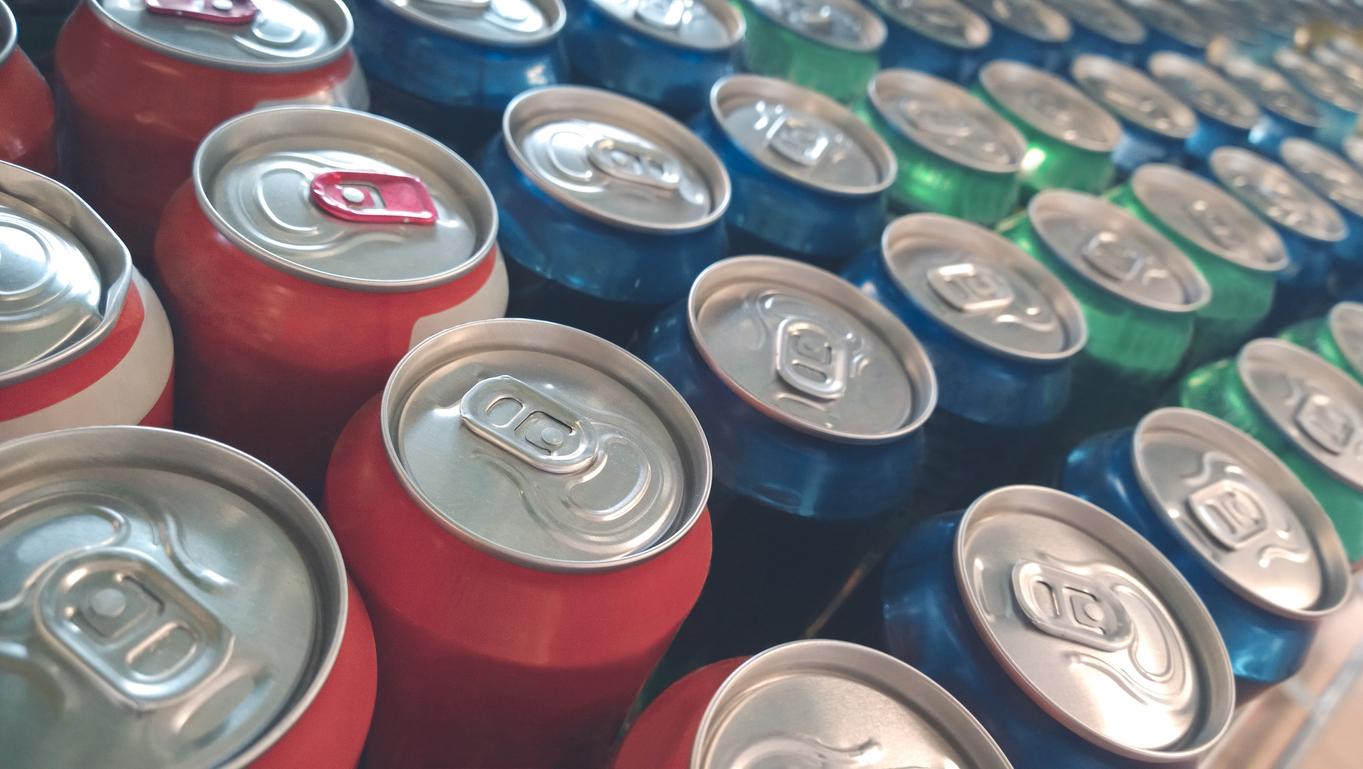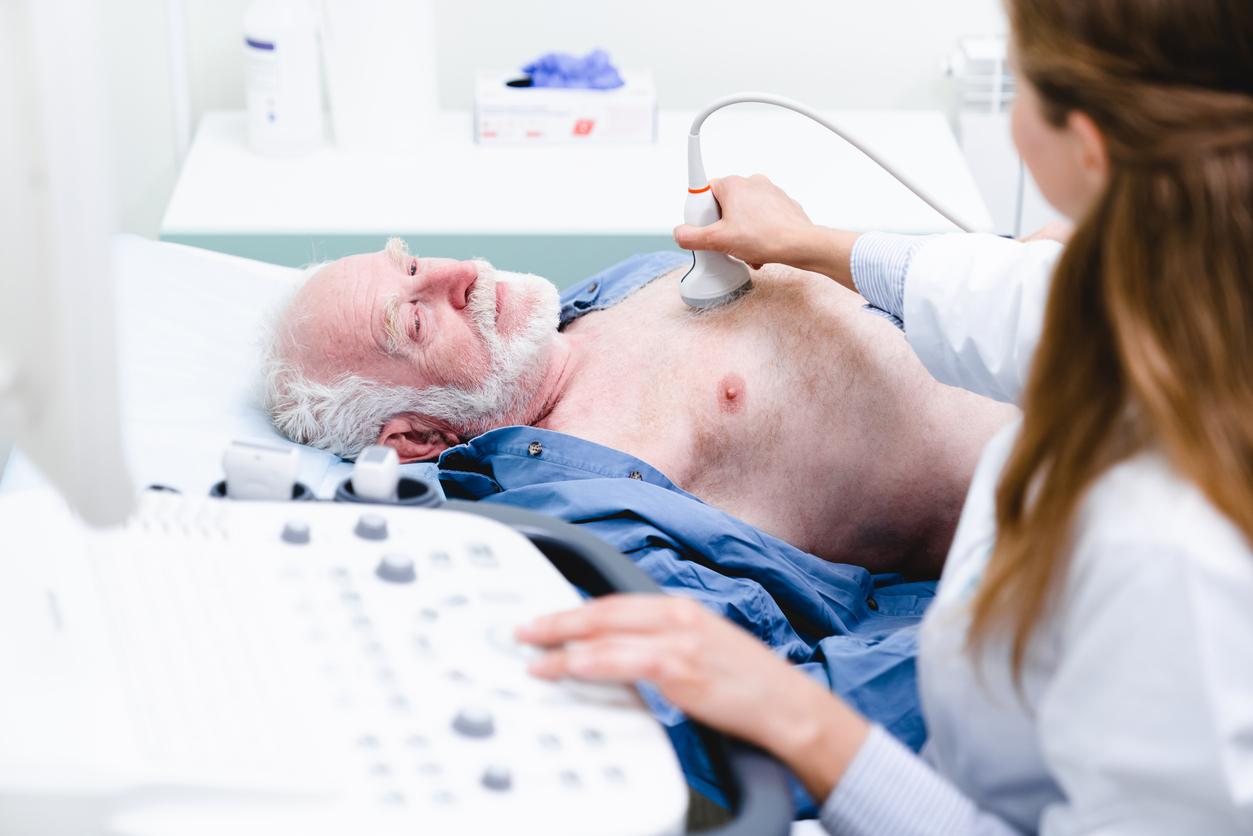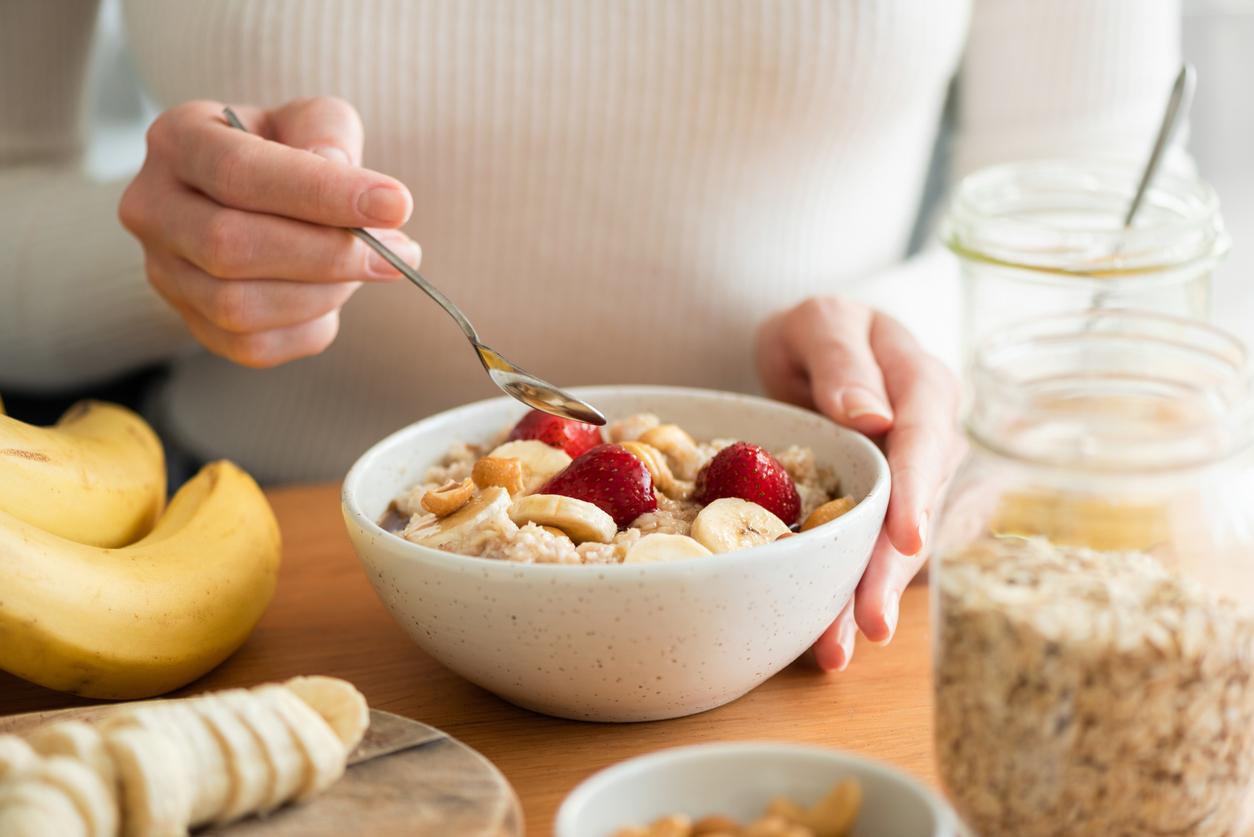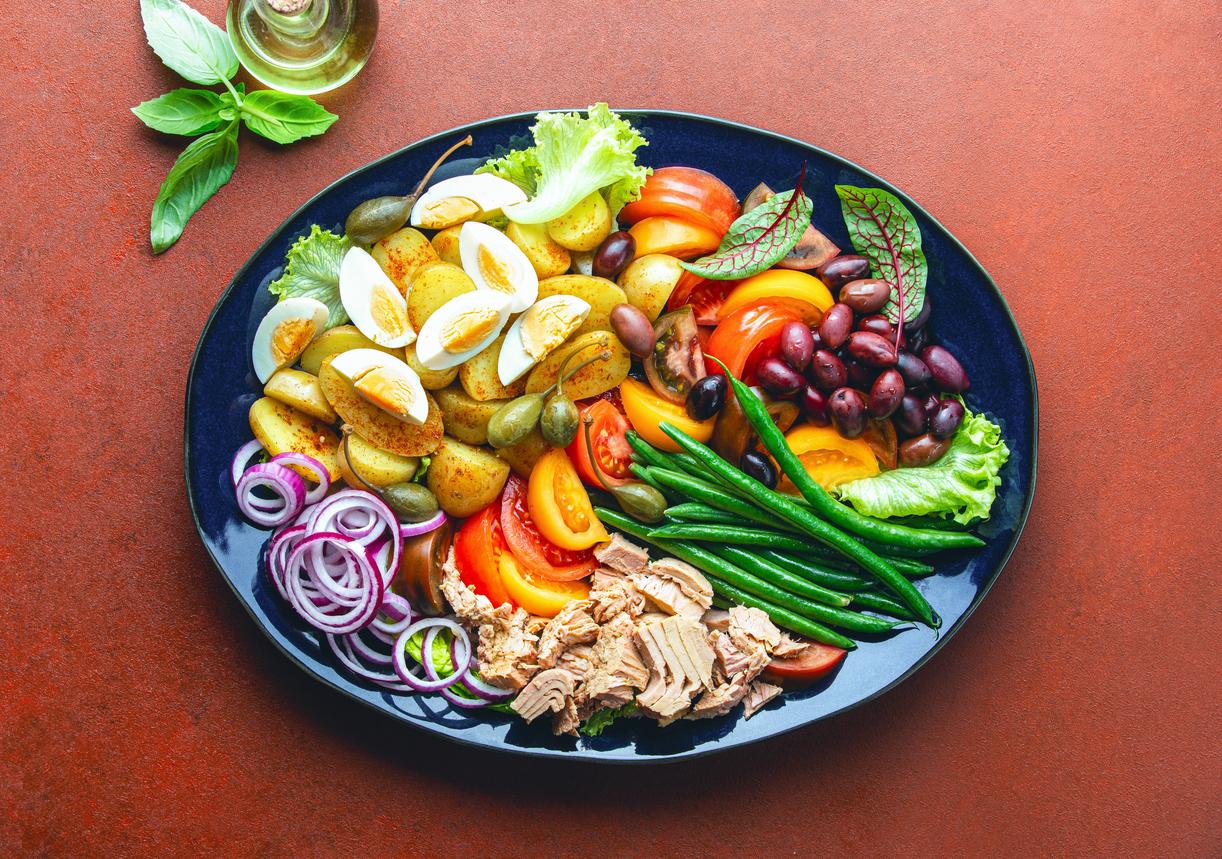According to a large study conducted on more than 400,000 people, a diet rich in fiber would protect against ischemic strokes. Conversely, consuming too many eggs could promote hemorrhagic strokes.
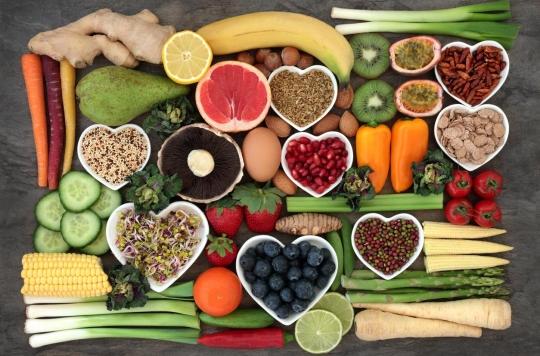
What if diet could be a risk factor for stroke? This is suggested by a study published in the journal European Heart Journal. Work has been carried out on nearly 418,000 people, followed for twelve years. First of all, it is important to distinguish between the two possible types of stroke. First, we speak of an ischemic stroke (or cerebral infarction) when a clot obstructs a cerebral artery. Second, it is called a hemorrhagic stroke when a blood vessel ruptures in the brain. If stroke is the leading cause of acquired disability in adults according to Inserm (National Institute for Health and Medical Research), 85% of them are ischemic and 15 to 20% are haemorrhagic.
The diet of more than 400,000 people scrutinized
The authors of the study say that for the first time, dietary risk factors have been analyzed according to the type of stroke. Thus, the work shows that a diet rich in fiber, dairy products, fruits and vegetables would protect against ischemic strokes. A diet rich in eggs, meanwhile, could promote hemorrhagic strokes.
Between 1992 and 2000, when they were recruited, participants answered a questionnaire about their diet, lifestyle and medical history. They had to quantify their consumption of food divided into different categories: meat, fish and seafood, dairy products, eggs, cereals, fruits and vegetables, legumes, nuts and seeds and dietary fibre. “Other physical activity data, [le poids et les mensurations], systolic blood pressure, lipidaemia and blood cholesterol were also collected for each participant”, say the authors. Based on this information, the researchers calculated each participant’s risk of suffering a particular type of stroke based on their diet.
Fiber and fruits and vegetables are beneficial
However, the study has limitations. “Such an observational method cannot show that the foods studied cause an increase or decrease in the risk of ischemic or hemorrhagic stroke, only that they are associated with different risks”, temper the authors. In addition, the participants provided information about their eating habits only once, on the day of their recruitment. And this, without specifying what type of medication they were taking, including those that have cardiovascular effects. The researchers still identified 4,281 cases of ischemic stroke and 1,430 cases of hemorrhagic stroke.
Patients who consumed at least 10g of fiber per day had a 23% reduced risk of suffering an ischemic stroke compared to those who consumed less. Those who ate at least 200g of fruit and vegetables (citrus fruits, apples, avocado, cucumber, zucchini, etc.) also had a lower risk of ischemic stroke. Conversely, the risk was higher with a high consumption of red meat (more than 50g per day). Regarding hemorrhagic strokes, the researchers found that consuming eggs in large quantities could increase the risk. According to them, each 20g of eggs eaten corresponds to a 25% higher risk of developing a hemorrhagic stroke.
1 stroke every 4 minutes in France
For the researchers, these results are explained by the effects of foods on blood pressure and LDL (bad cholesterol) levels. Red meat, for example, is actually correlated with high blood pressure and high LDL levels. This can promote cerebral hemorrhage by rupture of the vessel. “The most important result is that a higher intake of dietary fiber and fruits and vegetables is strongly associated with lower risks of ischemic stroke, which supports current European guidelines”, concludes Dr. Tammy Wong, epidemiologist at the University of Oxford (United Kingdom) and lead author of the study. Since the early 2000s, European authorities have encouraged people to increase their consumption of fiber and fruit and vegetables. Recommendations that are multiplying because the number of stroke cases has increased over the past twenty years. In France, there are more than 140,000 new cases of stroke each year, or one every four minutes.

.








